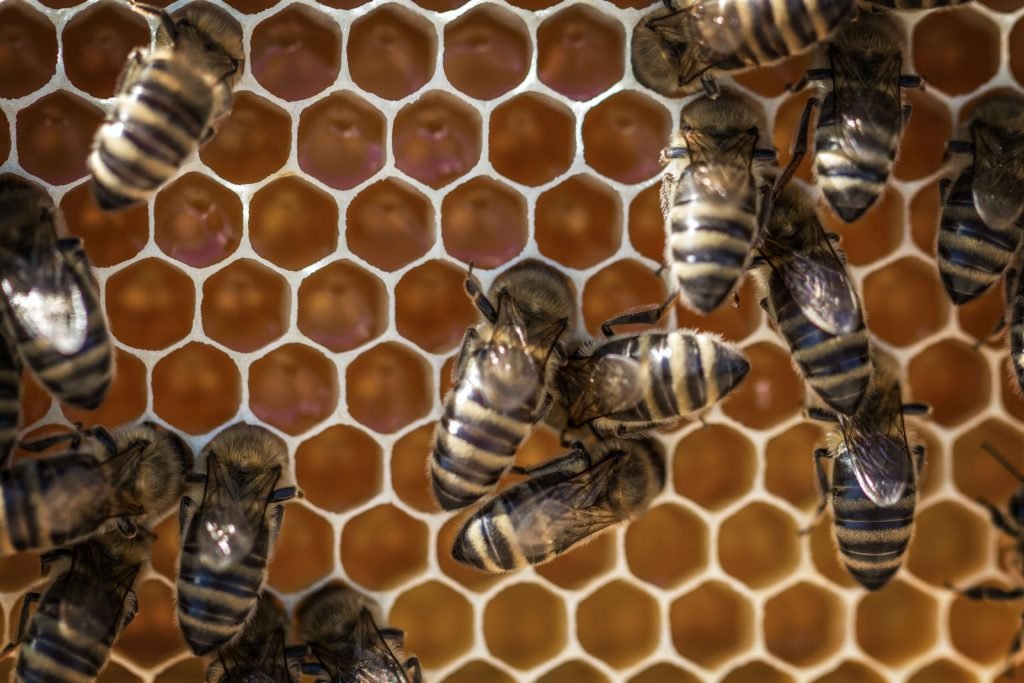
5 Surprising Negative Effects of Candles
Table of Contents
Introduction
For centuries, candles have been a symbol of warmth, comfort, and ambiance. They are integral components of various cultural and religious ceremonies, and they help to set the mood for romantic dinners and cozy evenings. Unfortunately, despite their soothing effects and pleasant fragrances, candles can also have some unexpected negative impacts. In this article, we will explore five surprising drawbacks of using candles and provide suggestions on how to mitigate their effects.

1. Indoor Air Pollution
One of the most surprising negative effects of candles is their contribution to indoor air pollution. Burning candles, particularly paraffin wax ones, release harmful pollutants like formaldehyde, acetaldehyde, and other volatile organic compounds (VOCs) into the air. These pollutants can irritate the respiratory system, exacerbate asthma symptoms, and lead to long-term health issues.
To mitigate this effect, consider switching to candles made from natural waxes like soy or beeswax, which produce fewer pollutants. Additionally, ensure that the room is well-ventilated when you burn candles, and try to limit their use in small, enclosed spaces.
2. Fire Hazards
While candles are designed to emit light and fragrance, they can also pose a significant fire hazard. Surprisingly, candle-related fires are more common than you might think. Careless handling, improper placement, or flammable materials nearby can lead to catastrophic accidents.
To reduce the risk of fire, always keep candles away from flammable objects, place them on a stable surface, and never leave them unattended. Opt for flameless LED candles for a safer alternative when young children or pets are around.
3. Allergies and Sensitivities
Candle fragrances might be pleasant to some, but they can be a surprising source of allergies and sensitivities for others. The synthetic fragrances used in many candles often contain allergens and can trigger reactions in people with fragrance sensitivities or asthma.
To mitigate this issue, choose unscented candles or those scented with essential oils. It’s also a good idea to test a new candle for any adverse reactions before using it extensively in your home.

4. Staining and Soot
Another unexpected drawback of candles is the potential for staining and soot buildup. When candles burn, they release soot and other particulate matter into the air, which can settle on walls, ceilings, and furniture, leaving unsightly stains. Soot can also accumulate inside candle jars or holders.
To prevent staining and soot buildup, trim the wick of your candle to ¼ inch before each use and keep the candle away from drafts. Regularly clean your candle holders to avoid the accumulation of soot.

5. Environmental Impact
Surprisingly, the environmental impact of candles is often overlooked. Many candles are made from paraffin wax, a byproduct of petroleum, which is not a sustainable resource. The extraction and production of paraffin wax contribute to deforestation and environmental degradation.
To lessen your environmental footprint, opt for candles made from sustainable materials like soy or beeswax. Consider reusable or upcycled candle containers to minimize waste. Supporting eco-friendly and socially responsible candle manufacturers is also a step in the right direction.
Conclusion
Candles are beloved for their ability to create a warm and inviting atmosphere, but it’s important to be aware of the surprisingly negative effects candles can have on your health, safety, and the environment. By choosing natural wax candles, taking proper precautions, and being mindful of how and when you use them, you can enjoy the benefits of candles while minimizing their drawbacks. So, the next time you light a candle, do so with the knowledge of how to make it a safer and more responsible experience.


